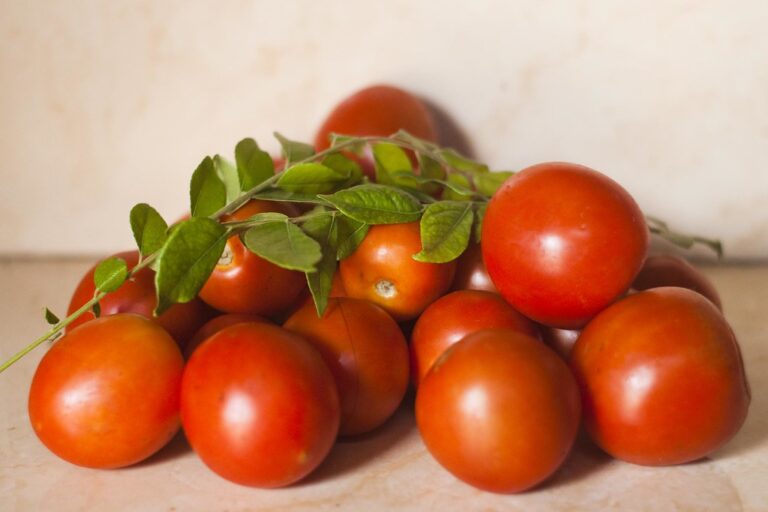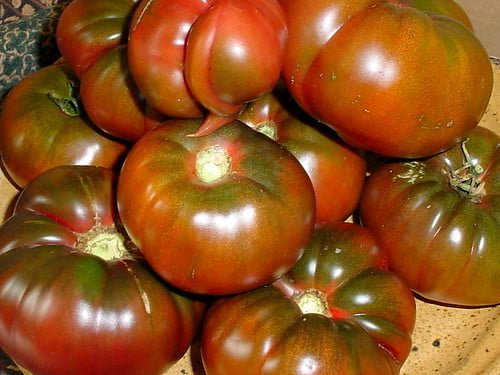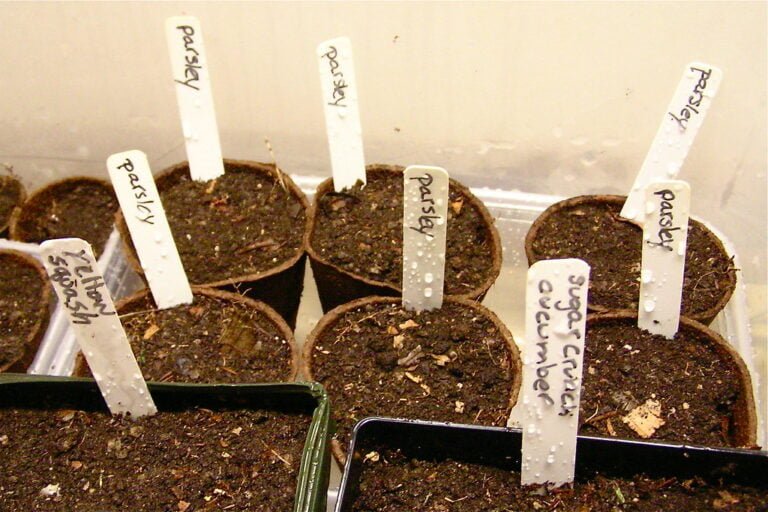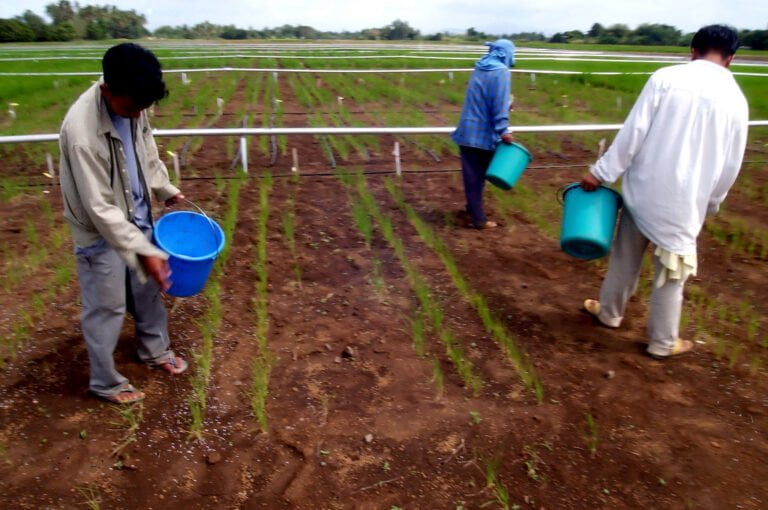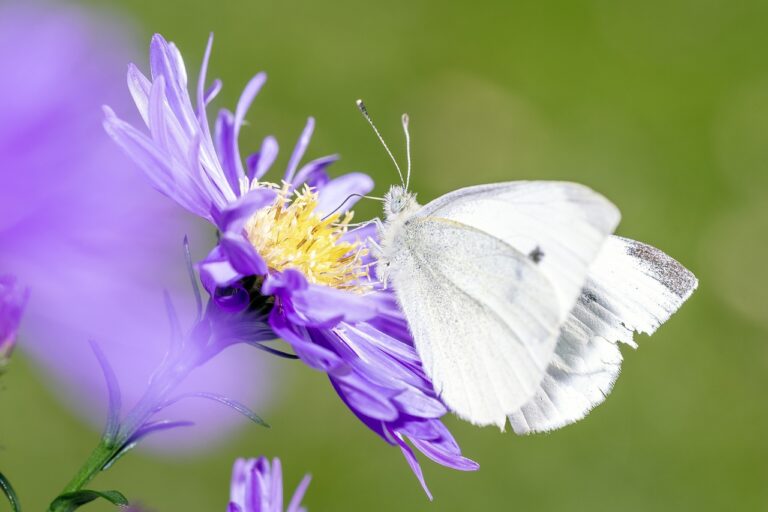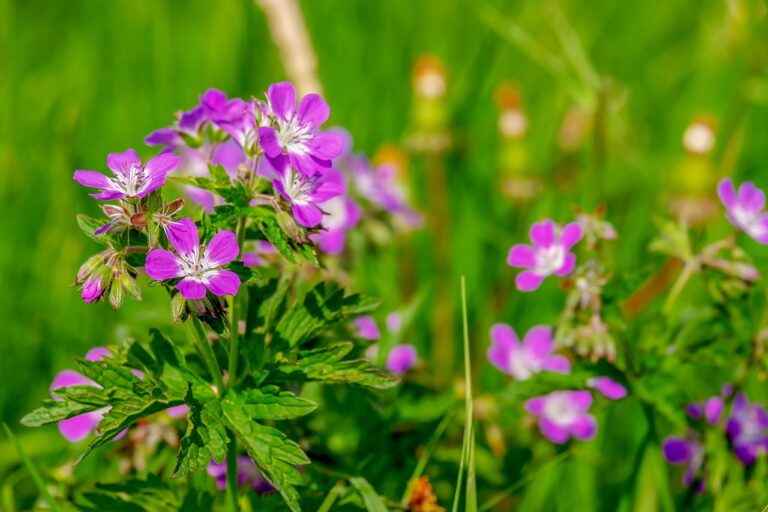Guide to Propagating Pachira Aquatica
Looking to expand your collection of Pachira Aquatica plants? This guide is here to help you propagate these beautiful plants with ease. Discover the benefits of propagation and learn the right method to choose. Find out how to select the perfect medium and prepare the cuttings for success. With proper watering techniques and the right temperature and humidity considerations, you’ll be nurturing young Pachira Aquatica plants in no time. Say goodbye to common propagation issues and confidently transfer your propagated plants to their permanent home.
Benefits of Propagating Pachira Aquatica
When propagating Pachira Aquatica, you’ll experience the benefits of expanding your plant collection and creating a lush green environment in your home. This beautiful plant, also known as the Money Tree, offers numerous advantages that make it worth adding to your indoor garden. Firstly, Pachira Aquatica is a low-maintenance plant, making it perfect for busy individuals or those new to gardening. It requires minimal watering and can tolerate a wide range of light conditions, from bright indirect light to lower light areas. Additionally, this plant is believed to bring good fortune and positive energy into your space, according to the principles of feng shui. Its unique braided trunk and vibrant green leaves also add a touch of elegance and visual appeal to any room. With all these benefits, propagating Pachira Aquatica is a rewarding endeavor that will enhance your home and wellbeing.
Choosing the Right Propagation Method
To choose the right propagation method for Pachira Aquatica, you should consider your personal preferences and the resources available to you. There are several methods you can choose from, each with its own benefits and considerations. One common method is propagating through stem cuttings. This involves taking a healthy stem cutting from the parent plant and placing it in a rooting medium. Another option is propagating through air layering, which involves making a small cut in the stem, wrapping it with damp moss, and then covering it with plastic to encourage root growth. Additionally, you can also propagate Pachira Aquatica through seeds, although this method requires patience as it takes longer for the plant to reach maturity. Consider your preferences and resources to choose the method that suits you best.
Selecting the Ideal Propagation Medium
Let’s consider the ideal propagation medium for Pachira Aquatica. When choosing a propagation medium, it’s important to assess its moisture retention and nutrient availability. For this plant, a well-draining medium that also retains moisture is key. A good option is a mixture of peat moss, perlite, and vermiculite. Peat moss helps retain moisture, while perlite and vermiculite improve drainage. This combination creates a balanced environment for root development. Additionally, it’s essential to ensure that the propagation medium is rich in nutrients. Adding organic matter, such as compost or well-rotted manure, can provide the necessary nutrients for healthy growth. Remember to regularly monitor the moisture levels and adjust watering accordingly to maintain optimal conditions for successful propagation.
Preparing the Pachira Aquatica Cuttings
To prepare the Pachira Aquatica cuttings, you will need to take the following steps. First, gather a clean, sharp pair of pruning shears or scissors. Sterilize the blades with rubbing alcohol to prevent the spread of disease. Next, identify healthy stems that are about 6-8 inches long and have at least two sets of leaves. Make a clean, diagonal cut just below a leaf node using the sterilized shears. Remove any lower leaves from the cutting, leaving only the top two sets intact. Dip the cut end of the cutting into rooting hormone powder to encourage root development. Finally, place the prepared cuttings into a pot filled with a well-draining propagation medium and water thoroughly. Keep the cuttings in a warm, humid environment with indirect sunlight until roots start to develop.
Proper Watering Techniques for Propagation
Start by watering the propagated Pachira Aquatica cuttings appropriately. Watering is a crucial step in the propagation process, as it helps the cuttings establish roots and promotes growth. When watering, it’s important to strike a balance between providing enough moisture and avoiding overwatering, which can lead to root rot. To water the cuttings, gently pour water around the base of the plants, ensuring that the soil is evenly moist. Avoid drenching the foliage, as this can cause fungal diseases. Monitor the moisture level of the soil regularly and adjust the watering frequency accordingly. As a general rule, water the cuttings when the top inch of soil feels dry to the touch. Remember, proper watering techniques are essential for successful propagation and the overall health of your Pachira Aquatica cuttings.
Providing the Right Amount of Light
Now, let’s focus on how you can provide the right amount of light for your propagated Pachira Aquatica cuttings. Light is essential for the growth and development of your plants, and it’s crucial to provide the correct amount to ensure their success. Pachira Aquatica cuttings thrive in bright, indirect light, so placing them near a window with filtered sunlight is ideal. Avoid exposing them to direct sunlight, as it can scorch the leaves and hinder their growth. If natural light is limited, you can supplement with artificial light using fluorescent or LED grow lights. Keep the lights on for about 12 to 16 hours a day to mimic natural sunlight. Remember to rotate the plants regularly to promote even growth and prevent them from leaning towards the light source. By providing the right amount of light, you are giving your propagated Pachira Aquatica cuttings the best chance to thrive and flourish.
Temperature and Humidity Considerations
Maintain the optimal temperature and humidity levels for your propagated Pachira Aquatica cuttings to ensure their successful growth. Pachira Aquatica thrives in temperatures between 65-75°F (18-24°C), so it’s important to keep your cuttings in a warm environment. Avoid exposing them to extreme temperature fluctuations or drafts, as this can stress the plants and hinder their growth. When it comes to humidity, these plants prefer a humidity level of around 50-60%. To achieve this, you can use a humidifier or place the cuttings on a tray filled with water and pebbles. Mist the leaves with water regularly to maintain humidity. Remember to monitor the temperature and humidity levels closely to create an ideal environment for your Pachira Aquatica cuttings to flourish.
Nurturing Young Pachira Aquatica Plants
To ensure the successful growth of your propagated Pachira Aquatica cuttings, you can nurture the young plants by providing them with proper care and attention. Once the cuttings have rooted and started to grow, it’s important to transfer them to individual pots with well-draining soil. Make sure the pots have drainage holes to prevent waterlogging. Place the pots in a location with bright, indirect sunlight and maintain a temperature between 65-80°F (18-27°C). Water the plants regularly, keeping the soil moist but not soggy. It’s also beneficial to mist the leaves occasionally to increase humidity. Fertilize the young plants once a month with a balanced liquid fertilizer. Prune any leggy or overcrowded growth to promote bushier growth. Keep an eye out for pests and diseases, and treat them promptly to prevent any damage to your plants. With proper care and attention, your young Pachira Aquatica plants will thrive and grow into beautiful, healthy trees.
Troubleshooting Common Propagation Issues
If you encounter any issues while propagating Pachira Aquatica, troubleshoot common problems to ensure the success of your propagation efforts. One common issue is root rot, which can occur if the soil is kept too wet. To prevent this, make sure the soil is well-draining and allow it to dry out slightly between waterings. Another issue is leaf yellowing, which can be caused by overwatering or underwatering. Check the moisture level of the soil and adjust your watering accordingly. Additionally, if your cuttings are not rooting, try using a rooting hormone to encourage root development. Lastly, if you notice wilting or drooping leaves, it could be a sign of insufficient humidity. Increase humidity levels by misting the leaves or placing the plant on a tray filled with water and pebbles. By troubleshooting these common issues, you can increase the chances of successful propagation.
Transferring Propagated Pachira Aquatica to a Permanent Location
Once you have successfully propagated your Pachira Aquatica, it is time to transfer it to a permanent location. Transferring your propagated plant requires careful handling to ensure its successful establishment. Start by preparing a suitable pot or planting spot with well-draining soil. Choose a location that provides adequate sunlight, but also some shade during the hottest part of the day. Gently remove the plant from its current container, being careful not to damage the delicate roots. Place the plant in the prepared hole or pot, ensuring that the top of the root ball is level with the surrounding soil. Fill in any gaps with additional soil, gently firming it down. Water the plant thoroughly and monitor its progress, providing regular care and maintenance to ensure its healthy growth. With patience and proper care, your propagated Pachira Aquatica will thrive in its new permanent location.
Conclusion
In conclusion, propagating Pachira Aquatica can be a rewarding and practical way to expand your plant collection. By selecting the right propagation method, medium, and properly caring for the cuttings, you can successfully grow new Pachira Aquatica plants. With attention to temperature, humidity, and troubleshooting any issues that may arise, you can ensure the healthy development of your propagated plants. Once they have grown, you can transfer them to a permanent location to continue enjoying their benefits.

